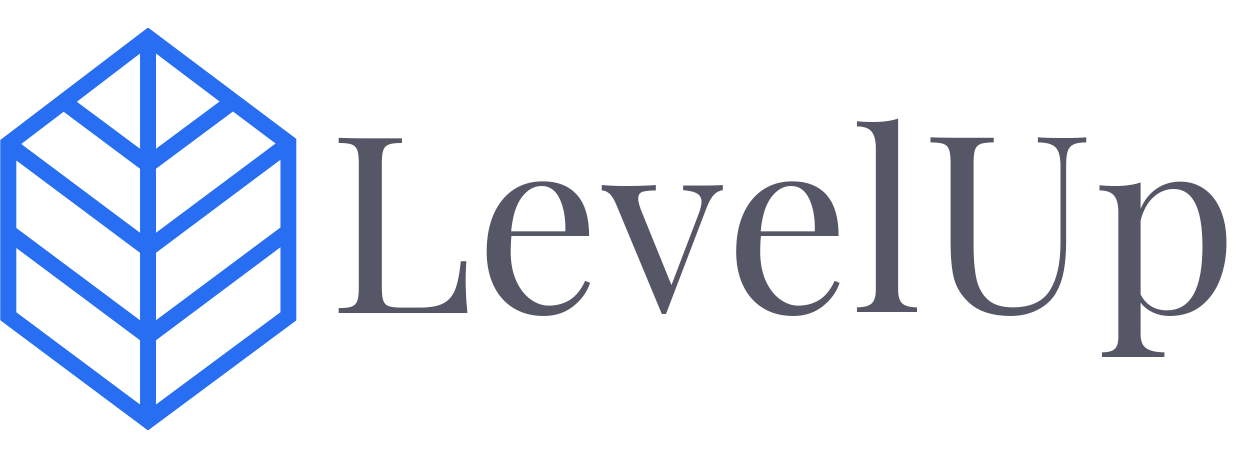Cash flow is the lifeblood of any business, especially for startups navigating the turbulent seas of growth and scaling. Managing cash flow effectively can mean the difference between thriving and barely surviving. It requires a strategic approach that goes beyond simple accounting. To ensure your business stays financially healthy, focus on key areas such as understanding and regularly reviewing your cash flow statement, accurately forecasting future cash flows, tightening up receivables, strategically managing payables, optimizing inventory levels, controlling costs with precision, building a robust cash reserve, and leveraging financing options wisely. By honing in on these crucial aspects, you can create a robust financial foundation that supports sustainable growth and prepares your business for any challenges ahead. Here’s how you can master the art of cash flow management:
1. Get Cozy with Your Cash Flow Statement
First things first: understanding your cash flow statement is crucial. This financial document details the inflows and outflows of cash within your business. It’s akin to a financial narrative, showing you exactly where your money is coming from and where it’s going. Regularly reviewing this statement helps you identify trends, anticipate shortfalls, and make informed decisions.
When cash is especially tight, it’s critical to monitor your cash flow on a weekly or even daily basis. This close attention helps you quickly respond to any shortfalls and make necessary adjustments. The ideal amount of cash on hand varies by industry and business model, but a prudent guideline is to have enough cash to cover at least three months of operating expenses. This buffer provides a cushion to handle unexpected expenses or delays in receivables.
Pro Tip: Schedule a weekly “date” with your cash flow statement. Make it a ritual—grab a cup of your favorite coffee, put on some feel-good music, and dive into the numbers. The more familiar you are with your cash flow patterns, the better prepared you’ll be to handle financial fluctuations.
2. Forecast Like a Fortune Teller
Cash flow forecasting is an essential tool for anticipating your business’s financial needs and preparing for potential challenges. By projecting your future cash inflows and outflows, you can identify periods where you might run short and take proactive measures.
To create an effective cash flow forecast, start with your historical financial data. Identify patterns and trends in your revenue and expenses. Next, incorporate your business plans and market conditions. For instance, if you plan to launch a new product, estimate the additional costs and expected revenue. Regularly update your forecast to reflect actual performance and new information.
Insightful Strategy: Think of cash flow forecasting as your business’s GPS. Regularly updating it keeps you on the right path and helps avoid financial detours. It enables you to steer your business with precision, ensuring you’re always prepared for what lies ahead.
Pro Tip: During times when cash is tighter, deploy more frequent cash flow models, such as weekly or even daily forecasts. This allows you to respond quickly to any financial shortfalls and make necessary adjustments to keep your business on track.
3. Tighten Up Your Receivables
Timely collection of receivables is critical to maintaining healthy cash flow. If your customers are slow to pay, your cash flow suffers. Implement clear payment terms, invoice promptly, and follow up on late payments. Consider offering incentives for early payments or introducing penalties for late ones.
Establishing a streamlined invoicing process can significantly improve your cash flow. Use automated invoicing software to send out invoices immediately after a sale or service is completed. Set up automatic reminders for overdue payments and offer multiple payment options to make it easier for your customers to pay promptly.
Strategic Advice: Send friendly reminders before invoices are due. It’s like giving your customers a gentle nudge, reminding them of your valuable services and the importance of timely payment.
4. Stretch Your Payables (But Don’t Break Them)
While it’s important to receive payments promptly, it’s also beneficial to extend your own payment deadlines where possible. This doesn’t mean delaying payments to the point of damaging supplier relationships, but rather negotiating longer payment terms to keep cash in your business longer.
When negotiating payment terms with suppliers, aim for terms that align with your cash flow cycle. For example, if your customers typically pay within 30 days, try to negotiate 45-day payment terms with your suppliers. This creates a buffer that can help you manage your cash flow more effectively.
Practical Approach: Think of it as a strategic balancing act with your payables. The goal is to find a balance that supports your cash flow without straining your supplier relationships.
5. Manage Your Inventory Wisely
For product-based businesses, inventory management is a delicate balance. Excess inventory ties up cash, while insufficient inventory can result in missed sales. Implement just-in-time inventory practices to keep stock levels optimal and free up cash.
Consider using inventory management software to track stock levels, sales trends, and reorder points. This helps you maintain the right amount of inventory, reducing the risk of overstocking or stockouts. Additionally, regularly review your inventory to identify slow-moving items and take steps to clear them out, such as running promotions or bundling them with popular products.
Pro Tip: Use the inventory turnover ratio as a KPI to measure how efficiently your inventory is being managed. A higher turnover rate indicates efficient inventory management and can help ensure that your cash is not tied up in unsold stock.
Operational Excellence: Use inventory management software to maintain real-time visibility into your stock levels. This technology-driven approach ensures you’re always on top of your inventory game, enabling more informed decision-making.
6. Control Your Costs with Surgical Precision
Keeping a close eye on your expenses is fundamental to maintaining healthy cash flow. Regularly review your spending to identify areas where you can cut costs without compromising quality. This could involve renegotiating contracts, finding more cost-effective suppliers, or eliminating non-essential expenses.
Start by categorizing your expenses into fixed and variable costs. Fixed costs are those that remain constant regardless of your business activity, such as rent and salaries. Variable costs fluctuate based on production or sales volume, such as raw materials and shipping costs. Focus on reducing variable costs first, as they often have the most significant impact on your cash flow.
Efficiency Focus: Think of cost control as a precision exercise. The objective is to optimize every dollar spent, ensuring it contributes directly to your business’s growth and sustainability.
7. Build a Cash Reserve
Having a cash reserve is like having a financial safety net. It can help you weather unexpected storms, from sudden drops in revenue to unforeseen expenses. Aim to set aside enough cash to cover at least three to six months of operating expenses.
Building a cash reserve takes time and discipline. Start by setting aside a small percentage of your monthly revenue and gradually increase it as your business grows. Consider opening a separate savings account for your cash reserve to keep it distinct from your operating funds and reduce the temptation to dip into it for non-emergency expenses.
Financial Prudence: Treat your cash reserve like an insurance policy for your business. Regular contributions to this reserve can safeguard your business against financial shocks, ensuring long-term stability.
8. Leverage Financing Options Wisely
Sometimes, external financing is necessary to maintain healthy cash flow. Whether it’s a line of credit, a short-term loan, or invoice financing, choose the right option for your business needs and use it strategically.
Before opting for financing, thoroughly evaluate the terms and conditions. Consider the interest rates, repayment schedules, and potential impact on your cash flow. Use financing to bridge short-term gaps or invest in opportunities that will generate future revenue, rather than relying on it for ongoing operational expenses.
Strategic Leverage: Think of financing as a tool to enhance your business’s financial flexibility. When used judiciously, it can provide the necessary liquidity to seize growth opportunities without compromising financial health.
Conclusion
Maintaining healthy cash flow is a blend of art and science. It requires a keen understanding of your financials, strategic planning, and disciplined execution. By implementing these techniques, you can ensure your business remains financially robust, ready to seize opportunities and navigate challenges with confidence. Remember, cash flow management isn’t just about keeping the lights on—it’s about fueling your business’s journey to success. Happy sailing!




